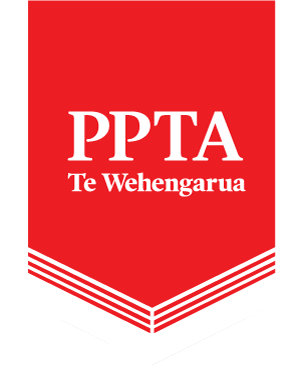Charter schools create unlevel playing field - a US teacher's experience
A charter school’s selection criteria and lack of facilities for students with diverse needs created a two-tier system of public schooling, Jeremy Foster found
Jeremy began his teaching career in the lowest performing public high school in the district of a large city in the United States.
At the time – in 2012 - and still now, this city had one of the largest proportions of homeless students with about nine percent either homeless or rough sleepers. “That’s really quite staggering and a really important context for how we were affected by the charter school.
Unfair comparisions
“One of the issues that we were up against is that we in the public school were often being compared to those in the charter school in terms of test scores, general achievement levels, things of that nature. One of the arguments that was used was that students going to this particular public high school were being pooled from the same neighbourhood as those going to the charter school so theoretically it’s the same pool of kids.
“So they were trying to say it must be something happening with our school or our teachers that’s causing the disparity in the outcomes – because it’s the same students. That’s the kind of soundbite that’s really easy to repeat in meetings and it just got repeated as a mattter of fact.
“No, it is not the same pool of students, it was not a case of equal input leading to inequal output – there were a lot of mitigating factors that put us in the public school in a very different circumstance than those in the charter school.”
Automatic filtering
As part of its application system, the charter school required applicants to have an address for receiving mail. “That’s going to automatically filter out those students who don’t have consistent addresses or are completely homeless or living in shelters or are rough sleepers. When you think about it, the students who are going to need the most support, the students who are more likely to have lower levels of achievement and academic success, it’s going to be these students – you can’t do your English essay if you’re not sure where you’re going to sleep that night.”
Jeremy said his school also had services and facilities, such as a teen mothers’ unit, that provided for students with more diverse needs.
“We were also the district centre for special learning needs so students who had mobility issues or special learning needs, or who needed additional support, were going to opt out of the charter school because they knew it didn’t have the resources available.
Students with greater needs excluded
“So whether intentional or not, it became a system where the students who needed greater support, who were less likely to achieve, who needed more individualised focus – they were taken out of the charter system entirely. So it almost became a case of by default that the students who were more likely to succeed, the students who had more stable backgrounds or fewer needs to support their learning or their academic success - those were the ones who were able to go to the charter school. It was one hundred percent not a level playing field. Whereas the whole idea of a public educaton is that it is, or at least it aspires to be, an equal playing field for every child.”
Charter schools not the fix
Jeremy has concerns about the possibility, with charter schools this time around in New Zealand, of state schools that are deemed to be ‘failing’ being forced to convert to a charter school. “My issue with this comes from treating the charter system as a guaranteed ‘fix by default’ where really what we should be looking at is if a school is deemed to be failing, whatever the criteria, what specifically is not happening?
“You can provide support and solutions without needing to exacerbate this two-tiered system which I think would lead to further inequities in our education landscape here in New Zealand. Do they need smaller classes? Let’s see what we can do to give the school the resources and support to decrease their class sizes.
“Are some teachers not equipped to handle some of the new challenges coming through? Well then where is the PLD and the resources from the Ministry to help those teachers to upskill?
“There are many other approaches that could be employed without switching to a charter system in which, by looking at how other countries have been impacted by them, we see that the benefits don’t outweigh the costs and drawbacks.”
Last modified on Tuesday, 18 June 2024 11:36
